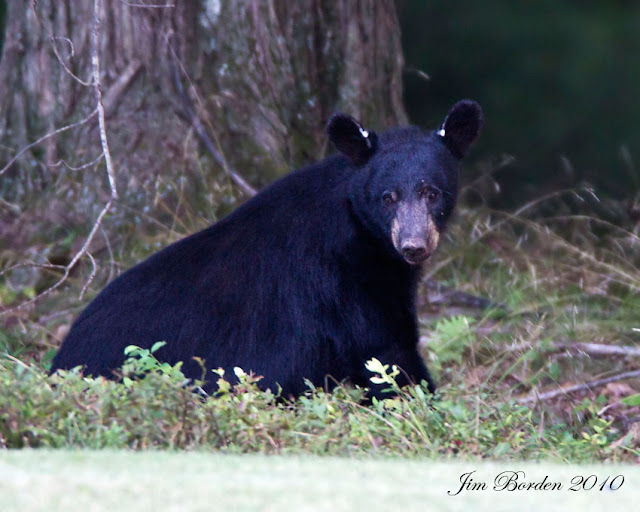The Eagles in the trees can present a back lighting problem, but it is a great opportunity to practice those types of shots by playing with exposure settings as well as using a better beamer to fill flash the birds. All of these shots were with a Canon Mark IV 1D with Canon 600mm f4 lens on a Gitzo Tripod using a Wimberley Head and the IS was turned off on the lens.
The eagles are amazing. The fish seem to be plentiful and easy to catch. However, when one catches one, others swoop in to try to steal it away.
Canon Mark IV 1D; Canon 600 f4; at f5.6, 1/800, ISO400 EC +1
This shutter speed would normally be too slow (I like to keep at 1/1250 minimum) to capture a flying eagle crisply-I caught them at a moment in flight when they were changing direction so their speed of flight was down and it allowed a good crisp shot.
Canon Mark IV 1D; Canon 600 f4 at f5.6; 1/1000 ISO 500 EC+1
I used the eye as my focal point on this shot and could probably have taken the aperture to f8 to get a deeper depth of field-but the picture actually turned out well.
The next series of shots is a sequence of an eagle catching a fish--notice after he has caught it and begins to get airborne that he actually checks to see if he has the fish!
f6.3; 1/3200 ISO 1000 EC +.33
f6.3; 1/2500 ISO 1000 EC +.33
f6.3 1/2500 ISO 1000 EC+.33
f6.3 1/2500 ISO 1000 EC +.33
f6.3 1/2500 ISO 1000 EC+.33
The next shot was after another sequence of shots were the eagle caught one-but then he lost it. After he found he lost it, he circled back and picked the fish out of the water again.
f6.3 1/1250 ISO 800 EC 0.0
This was a difficult shot to get. The eagle with the fish was being pursued by 5 other eagles and they kept getting blinded from me by a row of trees along the river bank. Finally they came out into the open and I was able to get a burst of shots of the chase with this one being the best.
f6.3 1/6400 ISO 1000 EC +.33
After many tries on many trips I was finally able to get a Bald Eagle in a well lighted dive for a fish. This one was with the 1.4tc on the 600mm lens giving a focal length of 840mm (or about 17x magnification)
f7.1 1/3200 ISO 640 EC +.33
Enjoy!
Until Next Time!
Jim Borden


















































